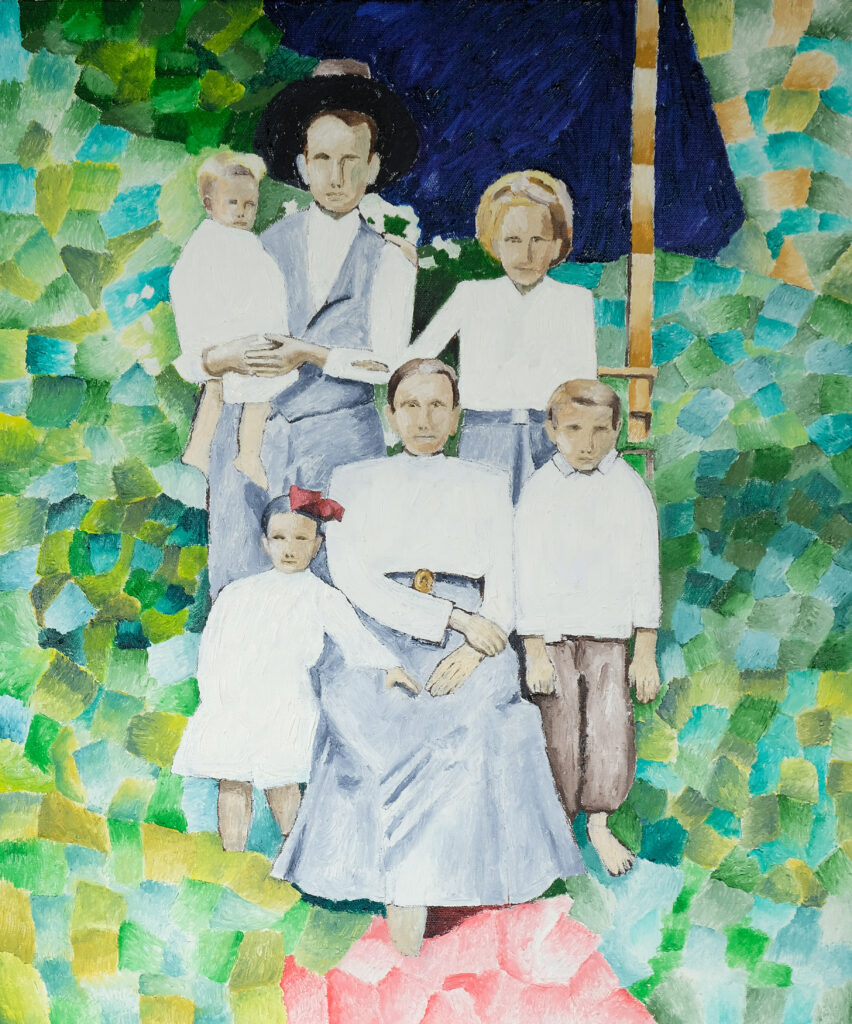Sonnets
Sonnets About God

Sonnets About God, by John Swofford, is a collection of poetic reflections that navigate the complexities of faith, love, and the human experience through the lens of Christianity. The work is structured in sonnet form, allowing the author to express deep emotions and spiritual struggles in a rhythmic and engaging manner.
The speaker frequently expresses a desire for salvation and a relationship with Christ, depicting faith as essential for overcoming life’s challenges. The notion of redemption through Jesus is interwoven into each poem, illustrating the transformative power of believing.
Each sonnet captures the internal battles one faces—issues like temptation, doubt, and the consequences of sin are prominent. The poet likens these struggles to a journey, where a deeper understanding of oneself and God unfolds along the way.
The importance of love is a recurring motif, whether it’s the love between a couple, the love for God, or familial bonds. The poet often portrays relationships as a source of strength and support that can lead one closer to divine grace.
Despite expressing sorrow and setbacks, there is an undercurrent of hope. The poet believes in the power of grace and the assurance that goodness and happiness can prevail over darkness and despair.
The sonnets creatively intertwine personal, relatable experiences with spiritual insights, encouraging readers to reflect on their own faith journeys while finding solace in the love of God. Through engaging language and imagery, Swofford’s work invites a deeper appreciation for the complexities of spiritual life.
Jesus and Beelzebub

Jesus and Beelzebub explores the themes of faith, doubt, and the ongoing struggle between good and evil. It creatively portrays a narrator who wrestles with their identity, moral dilemmas, and the weight of spiritual responsibility.
The narrator often reflects on their sense of self, likening their situation to wandering lost in a forest. This imagery represents a search for purpose and the quest for divine connection despite feelings of inadequacy.
The narrator expresses a deep desire for a relationship with Jesus, recognizing their flaws, yet yearning for grace and salvation. This illustrates the universal need for forgiveness and understanding.
The poem frequently mentions Beelzebub, symbolizing Satan or the devil, as an adversary influencing thoughts and actions. This captures the constant battle between temptation and the pursuit of righteousness.
The narrator critiques societal issues like war and moral decay, suggesting that both personal and collective salvation are necessary. It raises questions about what it means to be good in a flawed world.
Ultimately, there is an underlying theme of hope; the poem suggests that through faith and the recognition of one’s sins, redemption is possible. The narrator’s journey hints at the potential for spiritual upliftment, leading them toward a higher purpose.
As a Scot

As a Scot is a collection of sonnets that explore themes of identity, struggle, and the complexities of life, particularly through the lens of Scottish culture and history. The poems present a series of reflections and conversations, delving into personal and societal challenges.
The speaker contemplates his Scottish identity and its implications in today’s world. He weaves historical references, revealing a sense of pride and conflict over heritage.
Many poems explore the tensions between personal desires and societal expectations, suggesting that every action bears weight and consequences. This is likened to battles fought for freedom.
The poem questions spiritual beliefs, exploring themes of sin, redemption, and divine judgment. The speaker reflects on their relationship with God, revealing vulnerabilities and inner conflicts.
Although the poem speaks to collective experiences such as war and identity, it also highlights feelings of loneliness and the quest for belonging, underscoring the dichotomy of being part of a community while grappling with personal demons.
The poems often use direct questions and colloquial phrases, creating a dialogic effect that engages the reader, much like a conversation among friends.
References to Scottish history evoke a sense of legacy, encapsulating both the beauty and the brutality of the past.
The poem’s structure and language aim to be approachable for a range of readers, using relatable themes such as love, loss, and the quest for understanding. This makes it a rich text for reflection, encouraging readers to think about their personal narratives in relation to broader cultural and historical contexts.
Overall, the sonnets are a reflective journey through identity and belonging, set against the backdrop of Scotland’s tumultuous history. It invites the reader to engage with these universal themes in a content-rich exploration that balances personal introspection with collective memory.
German Drums

Germans Drums is a poetic exploration that delves into the intersection of personal, historical, and socio-political themes, articulated through a complex interplay of questions and reflections.
The narrator grapples with questions of identity, purpose, and faith, as seen in contemplations on historic figures like Jesus and Einstein, as well as the anonymity of refugees amidst political turmoil.
The work frequently addresses aggressive dynamics and the search for peace, pondering on the necessity of war and societal strife while hinting at a desire for universal harmony.
There are pointed critiques of modern society’s values, including transparency in government, the pressures of contemporary life, and cultural clashes exemplified by historical narratives of nations.
Rich imagery is employed throughout, ranging from sacrificial metaphors to the natural world, creating a vivid backdrop that highlights the contrasts of human experience—between suffering and serenity, freedom and oppression.
The poem transcends geographical boundaries, drawing connections between various cultures and their shared histories, directly referencing places like Denmark, Vietnam, and South America.
Ultimately, German Drums serves as a resonant call for reflection on the complexities of human life, encouraging readers to confront both personal and collective histories. The multifaceted questions posed throughout the poems allow for rich interpretations, pushing the audience to engage deeply with the themes presented. This work stands as a testament to the enduring relevance of poetry in articulating the human condition against the backdrop of changing global narratives.
The Fox’s Den

The Fox’s Den presents a series of poetic reflections that touch upon various themes, primarily focusing on human experiences, relationships, conflict, and existential questions.
The text opens with questions that evoke fear and uncertainty about interactions with others, hinting at a world filled with subtle threats and potential conflicts. This questioning of human motives and nature suggests an exploration of trust and cooperation amidst fear.
Phrases like “Who am I in all my various states?” reflect a deep introspection about identity and the complexities of self in a chaotic world. This mirrors feelings many individuals experience when confronted with change or uncertainty.
The use of references to violence and societal issues, such as questioning the role of guns or the nature of relationships, indicates a critique of modern life’s burdens. It asks whether humans can truly live in peace, hinting at broader socio-political strife.
The text frequently references various nationalities and cultures, which points to a quest for belonging and understanding in a global context. It juxtaposes different cultural experiences, revealing both similarities and tensions.
Throughout the poems, moments of hope emerge despite the backdrop of hardship, suggesting resilience. The quest for love, understanding, and connection to something greater (like God) highlights a human desire to find meaning.
In conclusion, this complex piece offers a rich tapestry of human emotions and situations, inviting readers to reflect on their own lives and the world around them. Understanding these themes can deepen one’s appreciation of the nuanced perspective on humanity conveyed through the text.